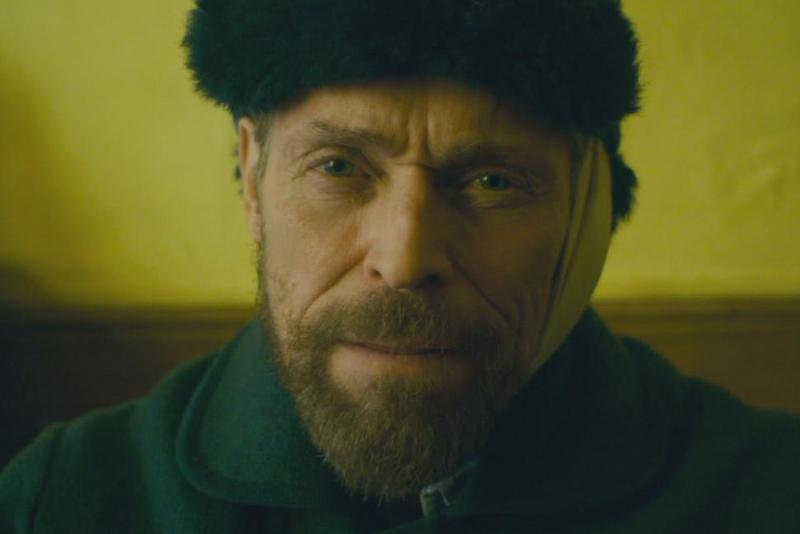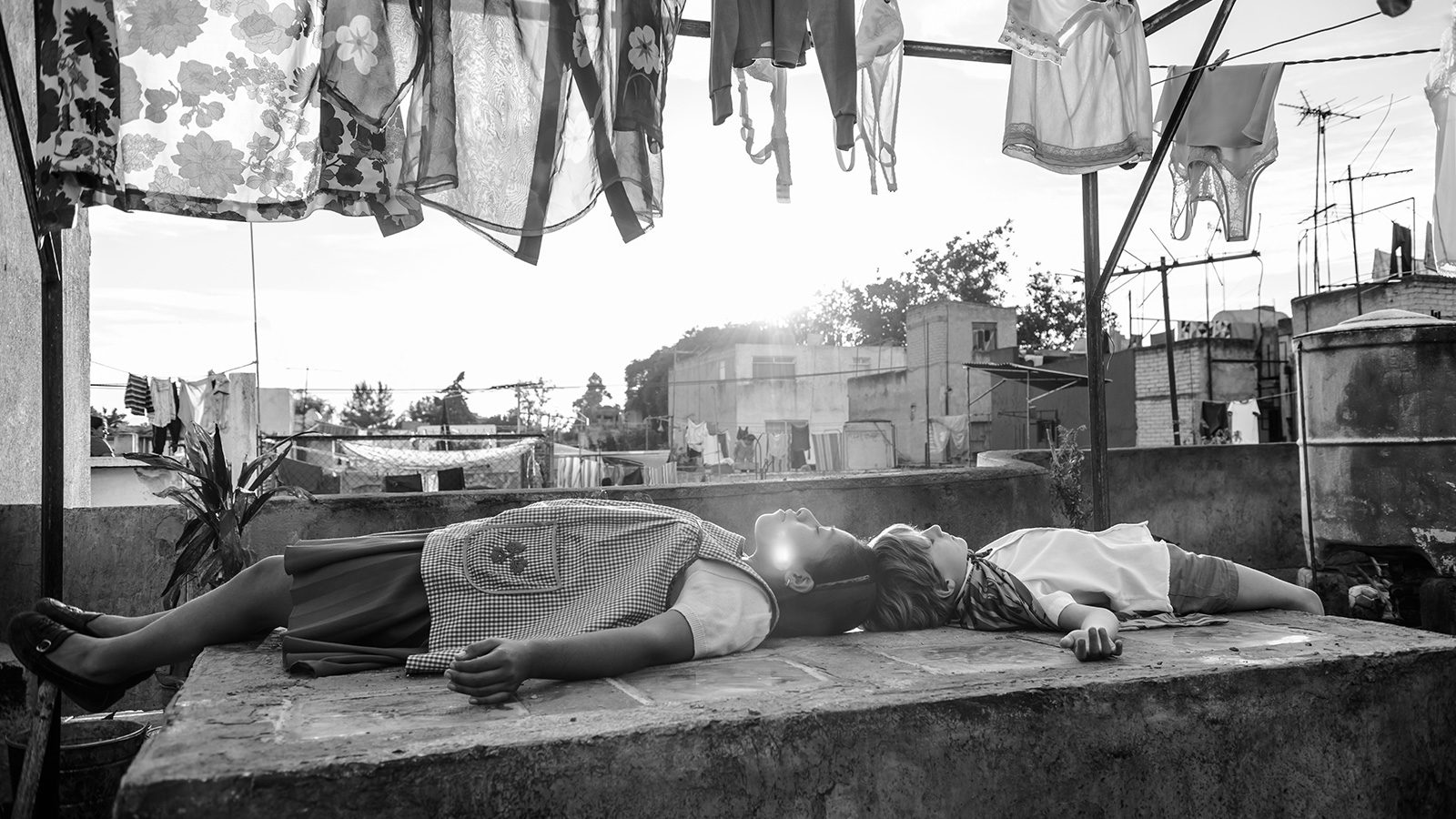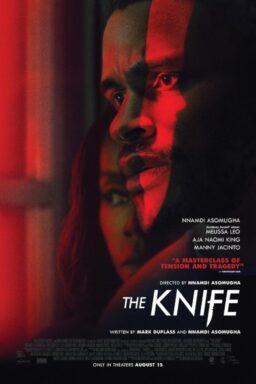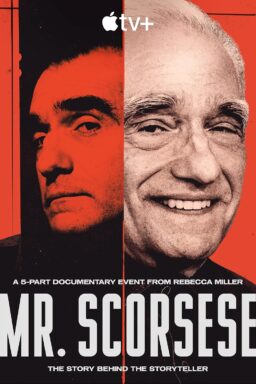When press screenings for the New York Film Festival begin every year as summer edges into fall, it can seem that the cinema year isn’t three-quarters over but just about to begin: many of the several dozen films the festival showcases hold the promise of being ones that will dominate discussions and tallies of the year’s best work as New Year’s approaches. When those screenings end a bit less than four weeks later, one’s earlier expectations have often been handsomely met, enough so that the contours of the year’s film accomplishments begin to take shape.
There is a remarkable consistency to this. Even if festival regulars invariably take issue with a few undeserving films it includes or deserving films that somehow get overlooked, the NYFF still manages to gather an impressive selection of international cinema that includes some of the most acclaimed films from earlier festivals, especially Cannes, but also including Berlin, Sundance, Venice and Toronto. It is a window on world cinema that’s expansive and clarifying, and sometimes stunning.
In many years, the festival supplies as many as half of the titles on my annual 10-best list. That won’t be the case for 2018, even though I found a lot to like in this year’s programs (my list, though, will almost surely include three films I saw at the 2017 NYFF: Chloe Zhao’s “The Rider,” Valeska Grisebach’s “Western” and Paul Schrader’s “First Reformed”). Yet the very last press screening I attended yielded the film that is pretty much certain to occupy the top spot on my 2018 list. Indeed, when I came out of Alfonso Cuarón’s “Roma,” I felt I’d seen the best film not only of the year but possibly of the decade.
<span class="s1" <the="" film,="" which="" premiered="" and="" won="" the="" golden="" lion="" at="" venice="" occupied="" prestigious="" centerpiece="" slot="" nyff,="" is="" one="" of="" those="" rare,="" mesmerizing="" masterpieces="" that="" finds="" a="" filmmaker="" making="" deeply="" personal="" statement="" while="" also="" reaching="" peak="" his="" craft.="" directed,="" edited="" shot="" in="" luminous="" black="" white="" by="" cuaron,="" it="" depicts="" several="" months="" lives="" an="" upper="" middle-class="" mexico="" city="" family="" (four="" kids,="" mom="" dad="" who="" skips="" out="" early="" on)="" their="" two="" female="" servants="" during="" 1970-71.="" though="" running="" just="" over="" hours,="" film="" feels="" like="" epic,="" with="" sweep="" detail="" great="" 19The film, which premiered and won the Golden Lion at Venice and occupied the prestigious Centerpiece slot at the NYFF, is one of those rare, mesmerizing masterpieces that finds a filmmaker making a deeply personal statement while also reaching the peak of his craft. Directed, edited and shot in luminous black and white by Cuarón, it depicts several months in the lives of an upper middle-class Mexico City family (four kids, mom and a dad who skips out early on) and their two female servants during 1970-71. Though running just over two hours, the film feels like an epic, with the sweep and detail of a great 19th century novel.
While its title refers the neighborhood where the story takes place, and where Cuarón grew up, it also appropriately evokes the Italian capital and its cinematic traditions, from the searching humanism of De Sica and Rossellini to the social criticism and stylistic bravado of Fellini and Antonioni. One of the film’s most fascinating aspects is how it manages to parallel an intimate portrait of family life with suggestions of broader changes in Mexican society at large. All the while, Cuarón keeps our eyes riveted with his meticulous, distanced compositions, elegant lateral camera movements and a succession of strikingly mounted set pieces.
Mexican cinema has been going from strength to strength in recent years, yet “Roma” surely represents the peak of its achievements to date. Cuarón’s compadre Guillermo del Toro, who headed the jury at Venice, has said he regards it as one of the five best films ever made. Deserving of all the accolades it is sure to continue winning, this breathtaking tour de force won a prolonged standing ovation at Lincoln Center.
Coincidentally, the day after seeing Cuarón’s film I saw another work that’s sure to be high on my 10-best list this year. But Patrick Wang’s two-part, four-hour “A Bread Factory”—please see Matt Zoller Seitz’s great reviews of this extraordinary film (click here for part one, click here for part two) which opens in theaters on October 26—was playing in a special preview at Brooklyn’s Museum of the Moving Image. In my view, it should have been in the NYFF, and the fact that it wasn’t draws attention to the festival’s current weakness in showcasing important emerging New York auteurs.

Wang certainly merits that description, as the critical reception of his latest is sure to underscore. “A Bread Factory” might have dazzled both critics and audiences at the NYFF. Instead, among younger New York directors, the festival gave us “Her Smell,” the latest from Alex Ross Perry. Perry has been a regular at the NYFF in recent years, for reasons that can hardly be explained by the uneven, unoriginal quality of his work. Compared to an ahead-of-the-curve artist like Wang, he turns out movies that seem designed to impress film professors and festival programmers of 20 years ago.
Maybe that impression is particularly strong in “Her Smell,” since it is set in the indie rock scene of the 1990s. The story follows the decline, flame-out, rehab and return of a Courtney Love-like star played by Elisabeth Moss. The film has its strengths, especially in Moss’ high-octane performance, Sean Price Williams’ terrific cinematography and some very creative sound design. But the whole thing ends up feeling pointless, overlong and too much like other, better rock movies.
Regarding older, more established New York directors, the festival did somewhat better, especially in serving up the latest from the Coen Brothers and Julian Schnabel.

The Coens, of course, are longtime NYFF veterans. I first encountered their work when “Blood Simple” made its dazzling debut at the 1984 festival. Thirty-four years later, they were back with “The Ballad of Buster Scruggs,” a compendium of six tales of the Old West that are presented as if drawn from a kids’ book of several decades back.
Reportedly, the tales were originally intended as a Netflix series before the Coens decided to turn them into a feature. As such, they work pretty well, even if the anthology form is tricky enough to remind us that it’s only produced one unqualified success in recent years: the Argentinian extravaganza “Wild Tales.” Although markedly different in tone and dramatic content, the tales here are united by a theme: death. There’s gunfire, mayhem and killing at every turn, which not only accords with the genre’s usual proclivities but also suggests a philosophical undertow not unlike those of “No Country for Old Men” and “True Grit.”
The funniest of the tales is the first, in which Tim Blake Nelson hilariously proves himself to be the fastest draw and deadliest shot in this part of the West until, as always happens, a newcomer arrives who’s even better. Subsequent tales give us cattle rustling, hangings, ambushes, lethal betrayals and rampaging Indians, and stars including James Franco, Tom Waits, Liam Neeson, Tyne Daly and Brendan Gleeson. For my money, the best of these yarns is the penultimate one, “The Girl Who Got Rattled,” which has Zoe Kazan as an Eastern lass who finds romance on a wagon train to Oregon but falls victim to the journey’s perils. Both romantic and tragic, this tale is rich and narratively substantive enough that it could have been fleshed out to feature length.
Whatever the variable interest of the individual tales, it should be noted that the Coens’ craftsmanship reaches a new peak in this large, complex production. The film’s cinematography, costumes, production design, special effects and spectacular western locations all make this one of the most impressively mounted westerns in some time. And the Coens’ screenwriting has seldom yielded such a rich trove of salty, droll, idiomatic dialogue (it suggests they may have undertaken their “True Grit” remake in order to take some lessons from the wonderful western vernacular in Charles Portis’ source novel).

Approaching the festival’s Closing Night film, Julian Schnabel’s “At Eternity’s Gate,” it’s perhaps best to begin with the obvious question: Does the world need another cinematic portrait of Vincent Van Gogh given the estimable ones created by three formidable directors: Vincente Minnelli (“Lust for Life”), Robert Altman (“Vincent and Theo”) and Maurice Pialat (“Van Gogh”)?
Actually, the better question might be: why not? Van Gogh’s story and image have an inexhaustible fascination, one that transcends the realm of mere artistic biography and makes him an icon of Christ-like suffering and spiritual aspiration. We could probably do with dozens more Van Gogh movies, and this one has the additional raison d’etre of being the first by a reputable painter-turned-filmmaker (Schnabel previously directed “Before Night Falls” and “The Diving Bell and the Butterfly”).
But there’s one factor above all that more than justifies the creation of “At Eternity’s Gate”: Willem Dafoe. Van Gogh is a role this fine actor was born to play. You don’t have go to the movie to see what I mean. Just Google it and look at the production stills. Though there’s a significant age difference (Van Gogh died at 37, Dafoe is now 63), the resemblance is uncanny. There are times in the movie when we see Dafoe in front of one of Van Gogh’s actual self-portraits, and though objectively you can detect certain differences, spiritually they seem identical.
This is more than just physical likeness. Dafoe also has the ability to visually convey—mainly through his eyes—the dismay, fear and agonies Van Gogh experienced, as well as his wonder and joy at the southern sunlight that he says is his main subject. More than just a compelling performance, the actor’s work here begs to be considered the cinema’s definitive Van Gogh.
Schnabel’s visual treatment of the painter’s wanderings in the final months of his life has an involving sensuality and sense of visual textures. His filmmaking eye indeed seems much like a painter’s as it observes Van Gogh wandering through the sun-dappled landscapes around Arles and trying to capture its colors on his canvases.
Narratively, Schnabel and co-writers Jean-Claude Carrière and Louise Kugelberg adapt a strategy that the press notes aptly describe as “kaleidoscopic.” Jumping around in time, their drama includes a number of fanciful, invented and even somewhat surreal scenes, but mainly it focuses on incidents recorded in his biography and letters, including interactions with his brother Theo (fine work by Rupert Friend) and Paul Gaugin (an excellent Oscar Isaac). Most of those incidents are of course well-known, and it can’t be said that “At Eternity’s Gate” dramatizes them in a way that gives us any startling new insights into Van Gogh’s character and genius. But they provide a fine frame for Dafoe’s brilliant incarnation of the artist, and that’s enough to make Schnabel’s film a highlight of this year’s New York Film Festival.












